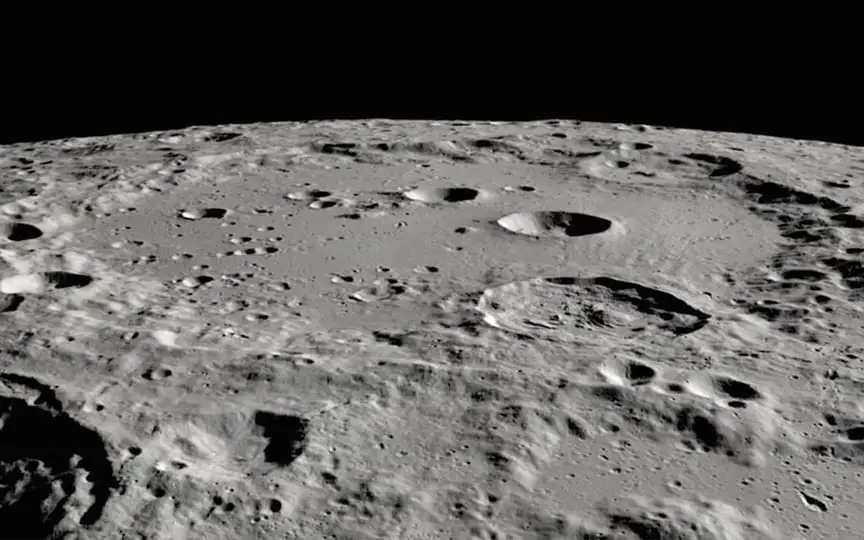Competition to Reach the Moon Heats Up
The upcoming launch of Russia’s lunar lander on Friday is part of a global effort, involving major world powers as well as emerging participants, to return to the Moon.
Technology, science, and politics are all essential factors in the Race for the Moon.
Here’s the latest:
– China’s Great Leap Forward –
China plans to send a manned mission to the Moon by 2030 and plans to build a base there.
The world’s second largest economy has invested billions of dollars in a military space program in an effort to catch up with the United States and Russia.
China was the third country to put humans into orbit in 2003, and Tiangong is the crown jewel of its space program, which has also landed on Mars and the Moon.
An unmanned Chang’e-4 rocket landed on the far side of the Moon in 2019, and another robotic mission to the near side raised China’s flag there in 2020.
This lunar image brought rock and soil samples back to Earth for the first time in more than four decades.
– NASA’s Artemis –
NASA’s Artemis 3 mission will return humans to the Moon in 2025, including its first woman and first non-white astronaut.
Under the Artemis program, NASA is planning a series of increasingly complex missions to return to the Moon and build a continuous presence to develop and test technologies for a possible trip to Mars.
The first, Artemis 1, flew an unmanned spacecraft around the Moon in 2022. Artemis 2, planned for November 2024, will do the same with a crew.
NASA sees the Moon as a pit stop to Mars and has signed an agreement with the Finnish mobile phone company Nokia to establish a 4G network there.
However, NASA said this week that the Artemis 3 mission may not land humans on the moon, depending on whether certain key elements, including the landing system developed by SpaceX, were ready.
Elon Musk’s company won a contract for a landing system based on a prototype version of its Starship rocket, which is far from complete.
The unmanned starship’s orbital test flight ended in a dramatic explosion in April.
– Russian Luna –
Russia’s Luna-25 launch on Friday is the first to the moon since 1976 and marks the beginning of Moscow’s new lunar project.
President Vladimir Putin is seeking to strengthen space cooperation with China after ties with the West broke down following Moscow’s invasion of Ukraine in 2022.
– New players –
Recent technological developments have reduced the costs of tasks and opened the way for new actors in the public and private sectors.
India’s latest space mission, Chandrayaan-3, entered lunar orbit in August ahead of the country’s second landing attempt later this month.
But getting to the moon is not an easy task. Israeli non-profit SpaceIL launched its Beresheet lunar counter in 2019, but it crashed.
And in April of this year, Japan’s ispace was the latest company to try and fail in a historic bid to put a private lunar lander on the moon.
Two other US companies, Astrobotic and Intuitive Machines, plan to try later this year.




